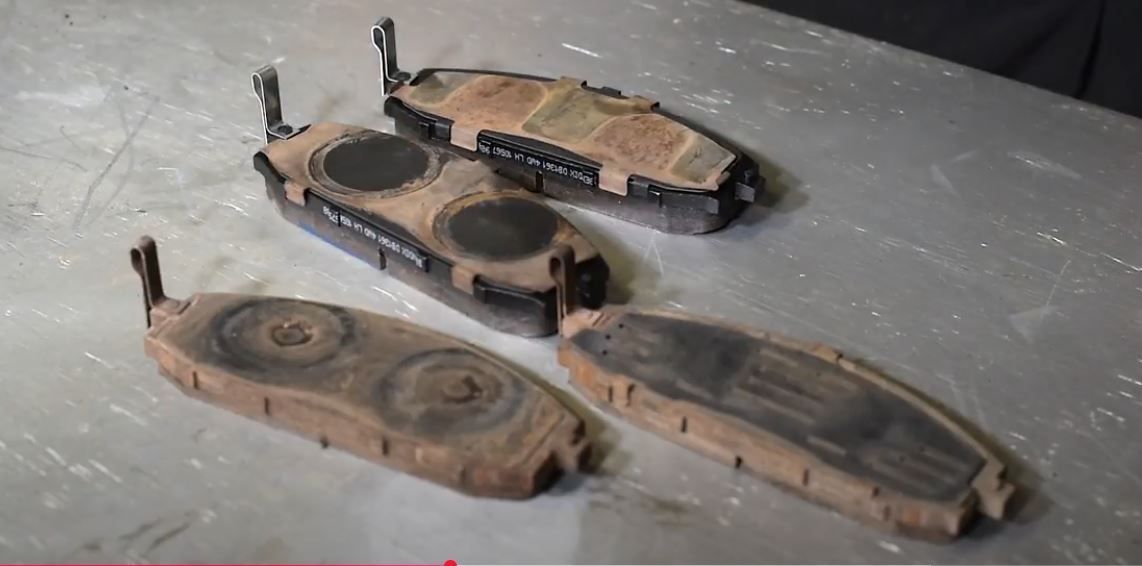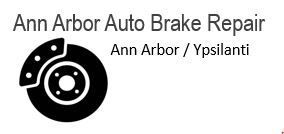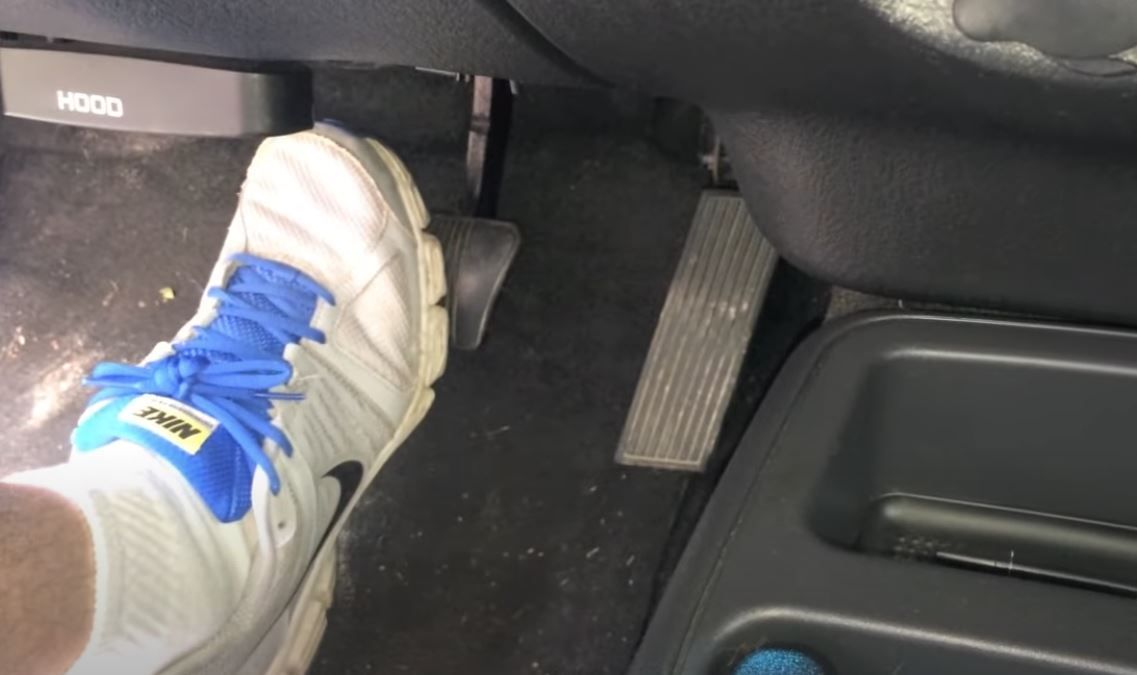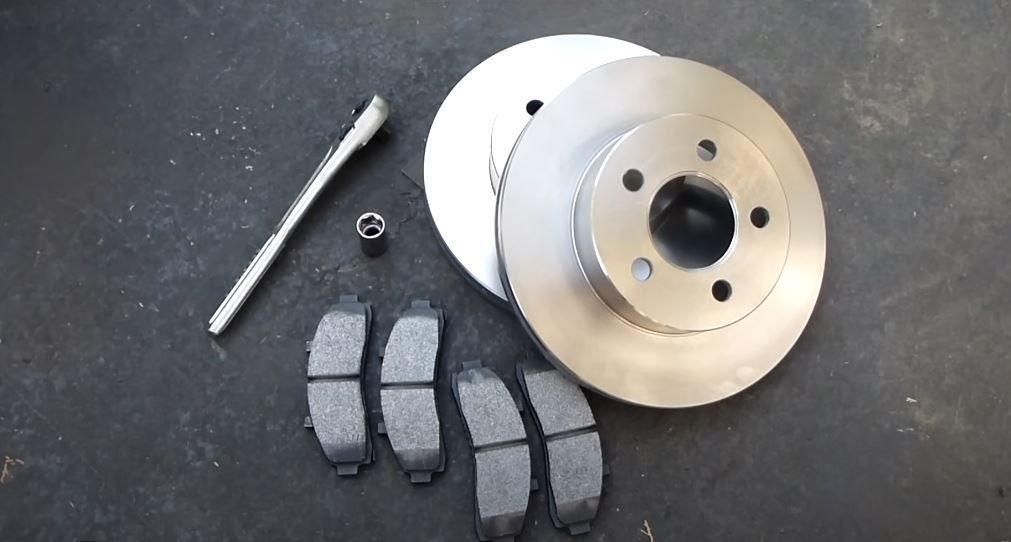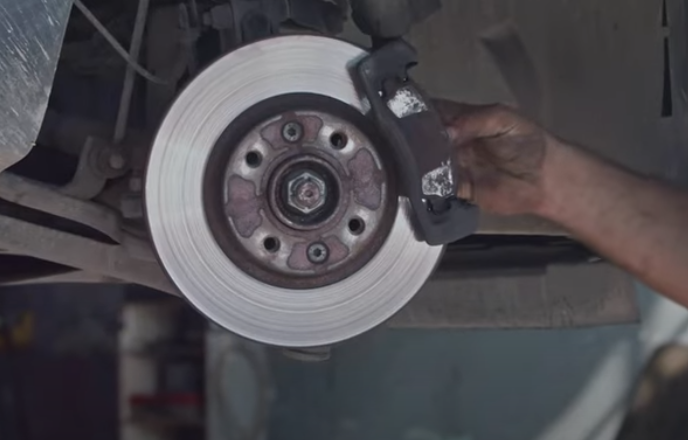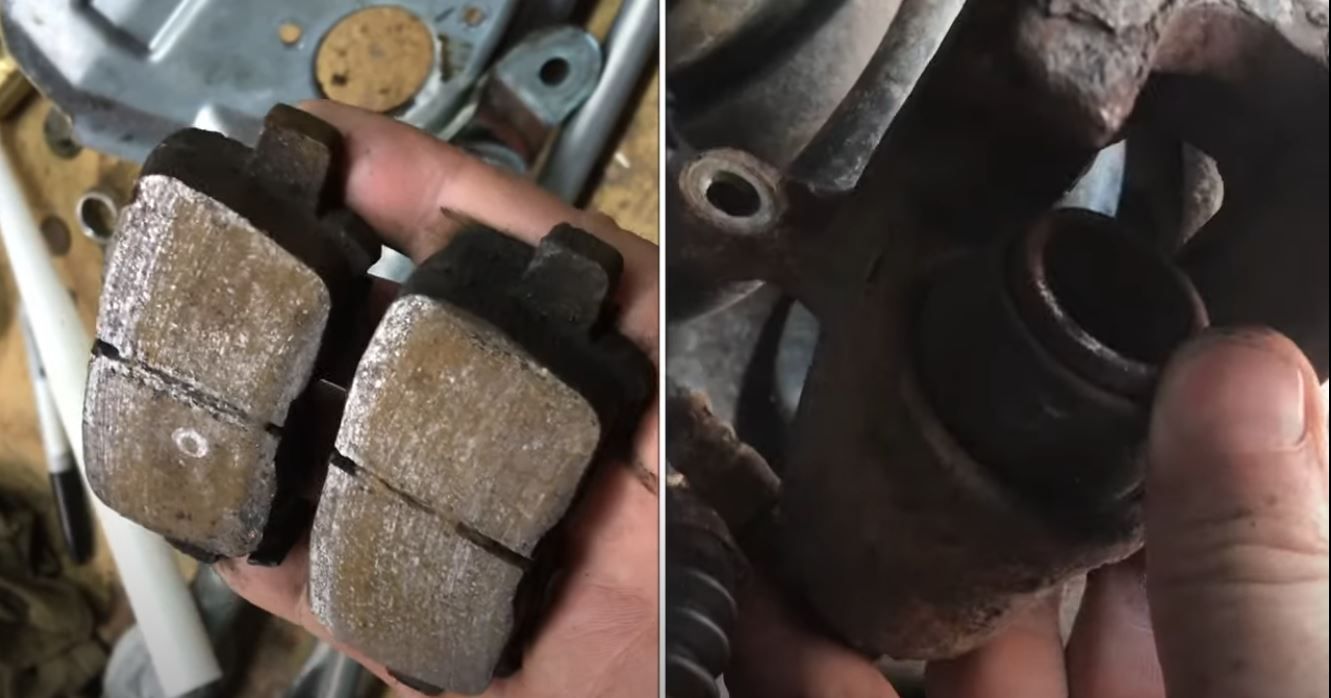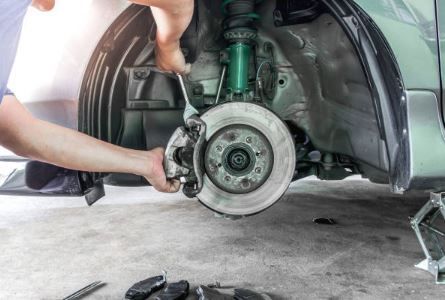What is the 30/30/30 rule for brakes?
What is the 30/30/30 rule for brakes?
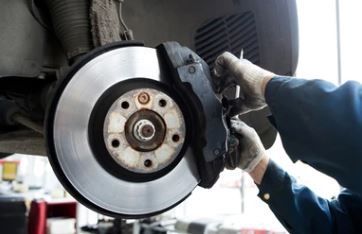
After a brake change, how do I break-in the new parts?
The 30/30/30 rule for brakes is a crucial guideline in the automotive industry that tries to ensure that newly installed brake components, such as pads and rotors, function optimally. The rule states that after installing new brake parts, the driver should accelerate to 30 miles per hour (mph), apply moderate pressure to the brakes, and come to a stop. This process should be repeated 30 times, allowing the brakes to cool for 30 seconds between each stop. Therefore, the 30/30/30 is:
1) Accelerate to 30mph, then apply brake moderately to come to a stop
2) Remain stopped for 30 seconds,
3) Repeat this procedure 30 times.
Note: For the next 300-500 miles, refrain from any hard stopping, to continue the conditioning.
The primary goal of the 30/30/30 rule
The primary goal of the 30/30/30 rule is to achieve proper “bedding”, or gradual pre-conditioning, of brake pads and rotors before resuming normal driving patterns. Proper bedding involves transferring a thin, even layer of brake pad material onto the rotor surface, known as a transfer film. This film improves the friction between the brake pad and the rotor, reduces brake noise, and enhances overall braking performance. Note: This procedure is not part of the brake repair procedure at most brake shops.
The results of following the 30/30/30 rule
The intended results of following the 30/30/30 rule are several. First, achieving a consistent and effective transfer film means the brakes will engage more smoothly and efficiently, significantly improving stopping power. Studies have shown that proper bedding can result in a 20-30% reduction in stopping distance, particularly in high-performance conditions, contributing to safer driving experiences. The even layer of pad material also helps to reduce the risk of glazing, which can occur when brake pads overheat and harden, causing reduced effectiveness. Second, this process can lead to extended brake component longevity, with statistics indicating that well-bedded brakes can last up to 25% longer than those that are not properly broken in. Also, while this process can be done in a half hour, TireRack.com suggests that all stops within the first 300-500 miles after the 30/30/30 process should be gentle so that each will continue to build up a more consistent and even film buildup thickness that will enhance braking performance for many miles. https://www.tirerack.com/upgrade-garage/how-do-i-bedin-new-brake-pads-and-rotors?srsltid=AfmBOor2UBfNlOIhWxqS7aLfR7LR1zYzAblWKfv3F1X-Y8YyITlqA0HI
Variations to the 30/30/30 Rule
As one can imagine, there are many alterations to this 30/30/30 rule that may achieve the same results. - One such variation is to eliminate full stops and 30-second waits with the intention of reducing the opportunity for the hot rotor to warp during its cooling-off period. This approach instead accelerates to 35 mph and brakes to 5mph without ever coming to a complete stop. Note: Brembo advises acceleration to 60 mph and then braking to 30 mph followed by a ½ mile drive to cool the brakes before repeating this procedure 30 times.
- Another variation is to do 3-5 repeats of the original accel-and-stop cycles, followed by accel-and-stop cycles at progressively higher speeds such as 40mph, and 50 mph. More aggressive stopping pressures may be used on the brake pedal when stopping at these higher speeds, but caution is advised not to “lock up” or keep the brake pad applied when the car is stationary, as it may reverse any benefits of this procedure. These alternative approaches aim to achieve the same results as the original 30/30/30 rule.
Illustrations of the 30/30/30 rule
Illustrations of the 30/30/30 rule often depict the sequence of actions taken by the driver: starting from a steady acceleration, applying the brakes smoothly, and allowing the vehicle to come to a complete stop, all the while watching the speedometer to maintain the 30 mph mark. Each application is followed by a brief cooling period, which is critical for maintaining an optimal temperature in the brakes. The cooling phase allows the friction material of the brake pad that is deposited on the rotor, to adhere better to the rotor. The cooling phase also can prevent overheating, which can degrade both the pads and the rotors.
Failure to comply with the 30/30/30 rule
Failure to adhere to the 30/30/30 rule can lead to several undesirable outcomes. Without proper bedding, brake pads may not transfer material effectively onto the rotors, resulting in poor friction performance, inconsistent braking, and an increased likelihood of brake fade. In extreme cases, neglecting the bedding process can lead to uneven wear, increased stopping distances, and premature component failure. Excessive heat buildup without proper cooling can cause brake pads to glaze, resulting in a hard, shiny surface that significantly diminishes braking effectiveness. In summary, not following the 30/30/30 rule compromises the vehicle's safety and stopping performance and can also lead to increased maintenance costs and unwanted repairs. Come by our Ann Arbor Auto Brake Repair shop for a brake system maintenance visit, and ensure you follow these procedures after your next brake change visit. For drivers seeking confidence in their braking system, utilizing this guideline is essential.
